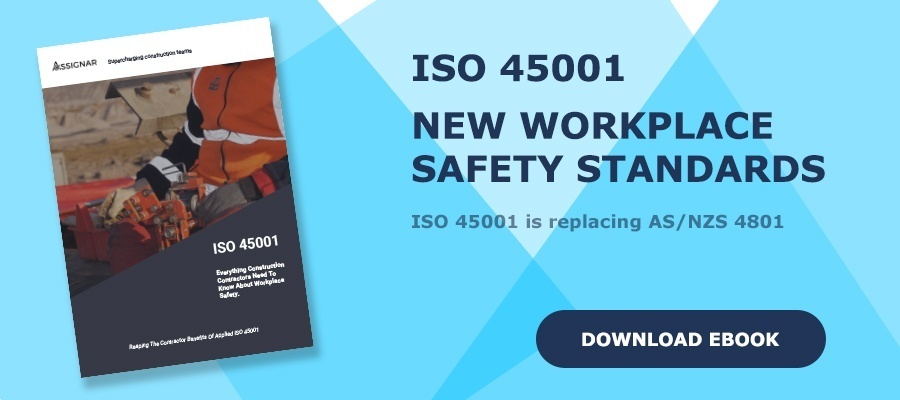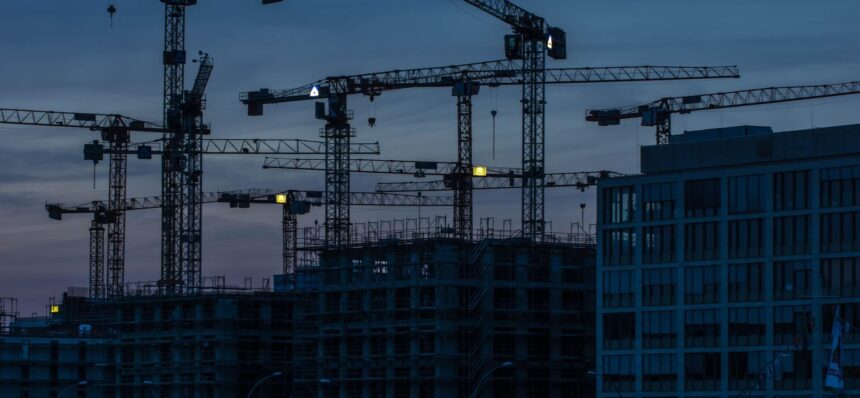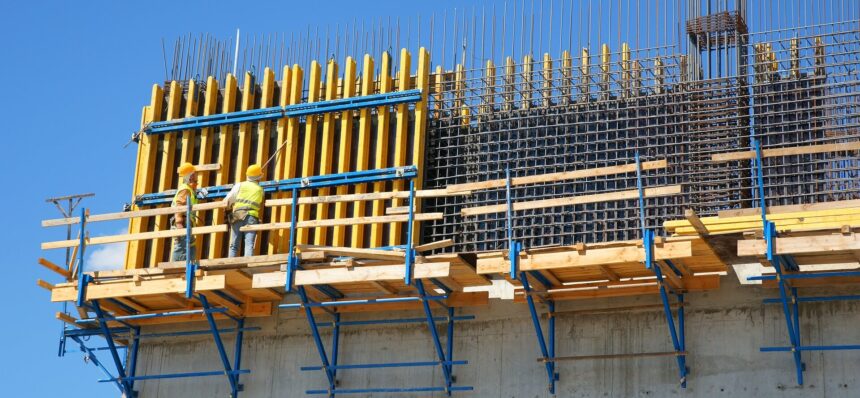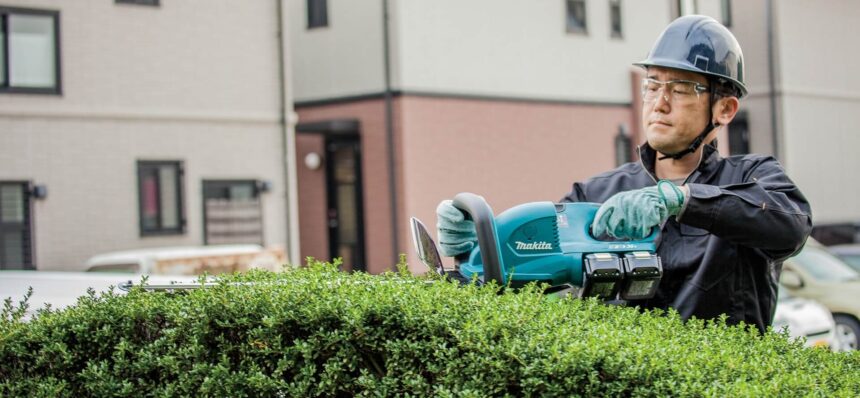AR/VR for Safety Purposes – Augmented and Virtual Reality Applied To Construction Industry Safety and Training
It appears that AR/VR is fast becoming primary technologies in toolbox for safety-critical construction industry resources. By enabling trainees to access digitized practical equipment operation experience, virtual reality strips away the costs and the natural risk factors associated with first time practical experience training. Virtual classroom accidents result in app resets rather than real-time risks to personal health and safety. When virtual tower cranes drop loads from thirty stories high, or when that same virtual tower swings a misguided I-beam through the nearby walls of a twenty-story office building, there is no associated news release, no serious injury to work crews, and no danger to street pedestrians out merely to beat the morning rush hour.
VR in Construction
VR shifts real-life construction training dangers into a virtual environment that is driven by practical response to virtual actions. Likewise, augmented reality (AR) also takes advantage of digital technology. And it may have a more immediate beneficial influence on employee training, safety and building design than VR.
AR in Construction
Augmented reality is about Building Information Modeling (BIM). It’s about enabling structural design students with the capacity for virtual structural and external/internal design review of buildings not yet crafted into reality. AR gives users the power to virtually tour projected homes, offices and other structures. But it goes even further by enabling designers, quality control, technicians, safety professionals and owners to identify and eliminate or correct safety issues, unacceptable design points and also to make functional on-the-fly configuration changes – all by the mere manipulation of a virtual image within the AR user’s field of view.
Classroom Versus On-The-Jobsite Safety Risks
Without an intention of turning contractors off to the benefits of AR/VR, we should note that some analysis and product reviewers have also expressed associated safety concerns. When using holographic images outside of the classroom, operators may tend to focus on the virtual world rather than the actual world. And then, rather than reaping higher functional efficiency and money saving changes, contractors could end up with a major safety issue at hand. Consider the dangers of a wrong step in the presence of heavy equipment, open flooring and multi-story worksites. Unregulated diverted attention is an accident waiting to happen – perhaps even a fatal accident. AR/VR enables trainees and/or workers to:
- Experience virtual hands-on equipment operations
- Virtually examine the fit and practicality of working equipment, structural designs and more
- Experience error without experiencing the financial loss, time loss and failed safety consequences.
Applied Thru Operations Software For Construction Contractors
AR/VR tools can also take safety to the next level. They simply training, but they also help contractors prevent accidents before they ever get a chance to become an incident reality. By incorporating handheld AR/VR tools into daily jobsite activities, contractors can also:
- Enhance connectivity between colleagues and equipment alike
- Advance into real-time data collection and data analysis
- Better identify and correct unsafe working conditions and unsafe task operations
- AND in the end, make better overall operational decisions.
But like every technologically advanced construction operations tool, AR/VR serves better when coupled with reliable construction workforce and asset allocation and planning software. Somewhere along the line:
- Training processes must be tracked
- Data must be analyzed
- Quality assurance must be confirmed
- Safety issues must be resolved
- AND someone somewhere must be able to ensure full compliance with existing standards.
Make Assignar operations software for construction contractors your go between. It’s about much more than the mere dispatch of workers and assets. Manage all documents. Ensure real-time communications. Track certificates and compliance issues. Pay bills. Submit automated invoices. Know who is going out and what is coming back. Track what goes where and who has already been there. This is Assignar workforce and asset allocation and planning at full power.






